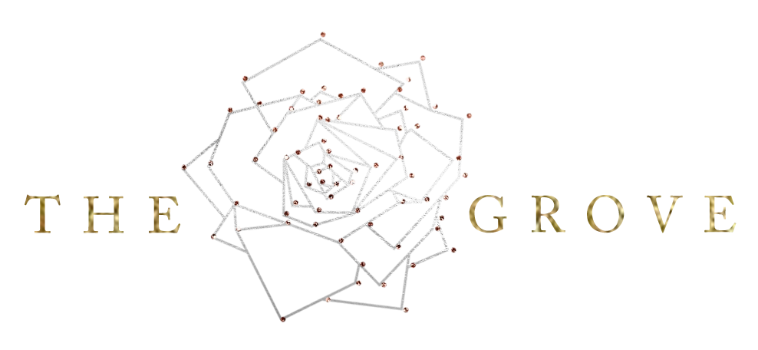Natural-looking interior photos.
It’s what we all aim for, right? So it might seem like using a flash or strobe to help with that doesn’t make sense… except that it totally does! We’ve talked about using the flash to capture the view, and about using the flash to brighten those shadows a bit. Today, though, we’re using the flash to mimic natural light. Let’s dig in!
It’s all about light positioning
The big tip I want you to talk away with from this one - bounce the flash so that the light comes from the same direction as a window or opening. This works best when the window isn’t completely in the shot or there’s something blocking the flash (like the shower curtain in our example photo). It can work on photos where you see the window, though, if you take multiple exposures so you can blend out the flash itself in Photoshop.
In the example photo below you’ll see the three frames that I took, unedited. The strobe was on the top edge of the tub in the far right side, pointing towards the window wall. This means that the light was bouncing off that wall and back towards the room, but (most importantly) the light would bounce back into the room in the same direction as the natural light does! This is why it mimics natural light so well. By taking several exposures, all with the exact same lighting setup, I was able to get natural shadows inside the bathroom that seemed to be lit only by sunlight.
I’m also showing you the blended shot before Lightroom editing, and then the final photo.
It took a bit of adjusting the strength of the strobe to get it to feel right, but that’s the beauty of digital! What you want to look at are the highlights. Where are the highlights, and have you eliminated the blown out areas so that you can blend to create a smoother overall look? I focused mostly on the shower wall and the right side of the vanity because those are where the highlights were strongest, and then I made sure I had an exposure to help me capture the shadowy areas deeper into the bathroom.
The original exposures:



When these are blended, here is the final (unedited) photo:

Highlights and shadows are been balanced, but editing is still needed.
Here’s the final edited photo:

For this final edit I applied Lens Correction, did slight adjustment of rotation and verticals, color corrected for the red tint in the left side of the frame, and did overall cosmetic edits to brighten and add pop.
One more example
So what if there’s no magical shower curtain to hide the light source? You blend, my friend!
Here’s another quick example from a recent vacation rental shoot. It’s a large shower that had a small window at one end. I could see the light coming into it, but there just needed to be a bit more. While I did do one frame to give me light onto the bench and towels, I then did a shot with light bouncing off the window wall to strengthen the natural light falling on the far right wall.
I should note that in this case (as with all showers that have glass enclosures) I was also using the strobe to help reduce reflections. More on that bit in an upcoming Field Note….
Take a look at the breakdown below:

The strobe was pointing to the top right (just above fixture) so the light would bounce softly onto the towels and bench.

The strobe was pointing towards the window so I could capture the fixture wall.
Once blended, I got this:

Blended photo, unedited.
Final photo after Lightroom edits:

So next time you’re finding the perfect spot for that flash or strobe, remember that it’s not all about filling in shadows. Sometimes, you can give the sunshine a little boost, too!
xo,
Natalia





